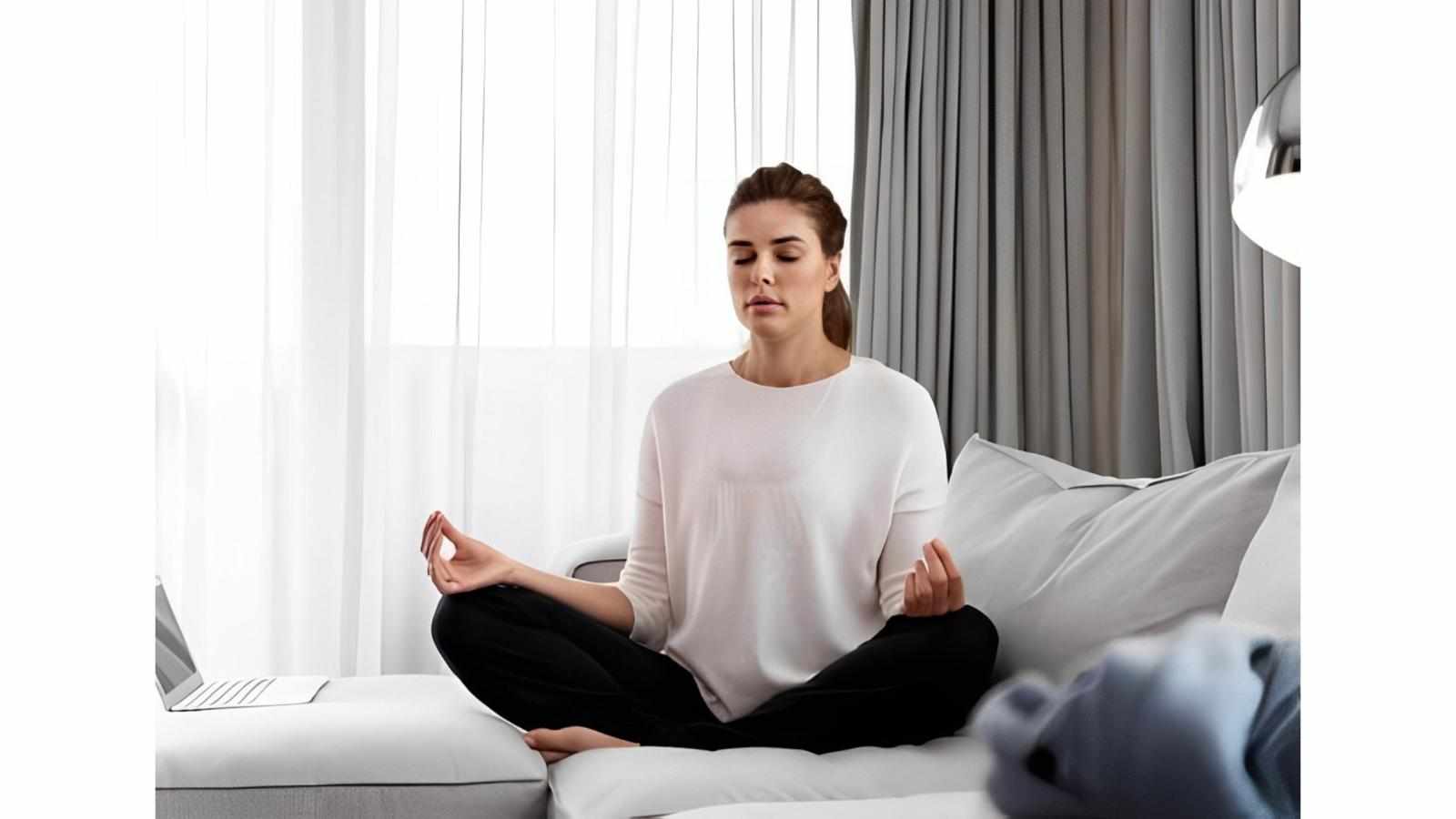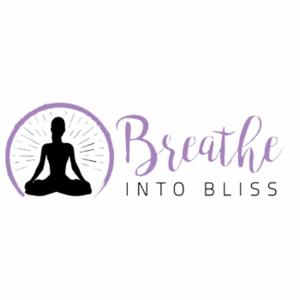
In a world that's always racing, learning conscious breathing techniques for relaxation is like discovering a secret, built-in tool for calm. These methods, rooted in meditation, yoga, and modern wellness, help you combat stress, sleep better, and boost your energy. Let’s dive into how simple breath practices can shift your whole well-being.
Why Focus on Breath?
Breathing isn’t just an automatic process—it’s a bridge between your body and mind. When stress kicks in, your breath becomes shallow and rapid, triggering fight or flight stress responses. But by learning conscious breathing techniques for relaxation—like slowing your breath or changing its rhythm—you can activate your parasympathetic nervous system, inviting relaxation, peace and clarity.
These techniques improve lung function, manage pain, regulate emotions, and even enhance sleep.
Core Techniques to Try
Here are practical, proven breath exercises you can weave into your day:
Diaphragmatic (Belly) Breathing
Lie down or sit comfortably. Place one hand on your chest and the other on your belly. Inhale deeply through your nose so your belly, not chest, rises. Exhale slowly through your nose. This method stimulates your vagus nerve, promoting deep relaxation and lowering stress.Mindful Breathing (Sensory Awareness)
Simply breathe naturally and pay attention to the sensations: air entering nostrils, movement in lungs and abdomen, subtle temperature shifts. Notice wandering thoughts and gently return to your breath. This anchors you in the present and calms racing thoughts.Counting Breaths
Inhale and exhale slowly only through your nose, counting each complete breath (e.g., 1–5). When your mind drifts, gently return to the count. This technique boosts focus and helps ease anxiety.Structured Breath Patterns
Box breathing (inhale, hold, exhale, hold, each for 4 seconds)
4-7-8 method (inhale 4s, hold 7s, exhale 8s)
Alternate nostril breathing (pranayama style)
Through your nose, breath in through one nostril while closing the other with your finger, then close the first nostril and exhale through the other side, inhale on that same side, then switch sides before each exhale. These tools are widely used for rapid stress relief and mental balance.Ujjayi Breath
A yogic technique where you slightly constrict your throat, and breathe in and out of your nose, creating a soft oceanic sound. It enhances oxygen flow, blood flow, calms your mind, and soothes your nervous system.
Benefits You’ll Feel
Stress Reduction & Emotional Balance
Scientific studies show that these and other relaxing breathwork techniques lowers cortisol, alleviate anxiety, and promote emotional regulation.
Better Sleep & Recovery
Deep, slow mindful breathing before bed triggers relaxation, making it easier to drift off and stay asleep.
Enhanced Lung Capacity & Energy
Effective breathing increases oxygen intake, boosts lung function, and improves energy metabolism and endurance.
Pain Management & Mind–Body Healing
Breath control offers a natural way to reduce pain perception, manage chronic discomfort, and soothe tension in your body.
How to Build a Breath Practice
Start small: A 5-minute breathing session each day can provide noticeable calm.
Combine techniques: Try diaphragmatic breathing followed by counting or box breaths.
Stay consistent: Like any skill, better breathing grows over time with regular practice.
Use guided support: Recorded audio or videos can help you maintain focus and motivation.
Your Path to a Calmer, Clearer You
You don't need fancy equipment, special training, or a coach, just your breath. These conscious breathing techniques for relaxation are accessible and free, yet powerful. Whether you're winding down before bed, finding focus at work, or resetting during a hectic day, these methods will bring you back to your center anytime, anywhere.


Write a comment ...